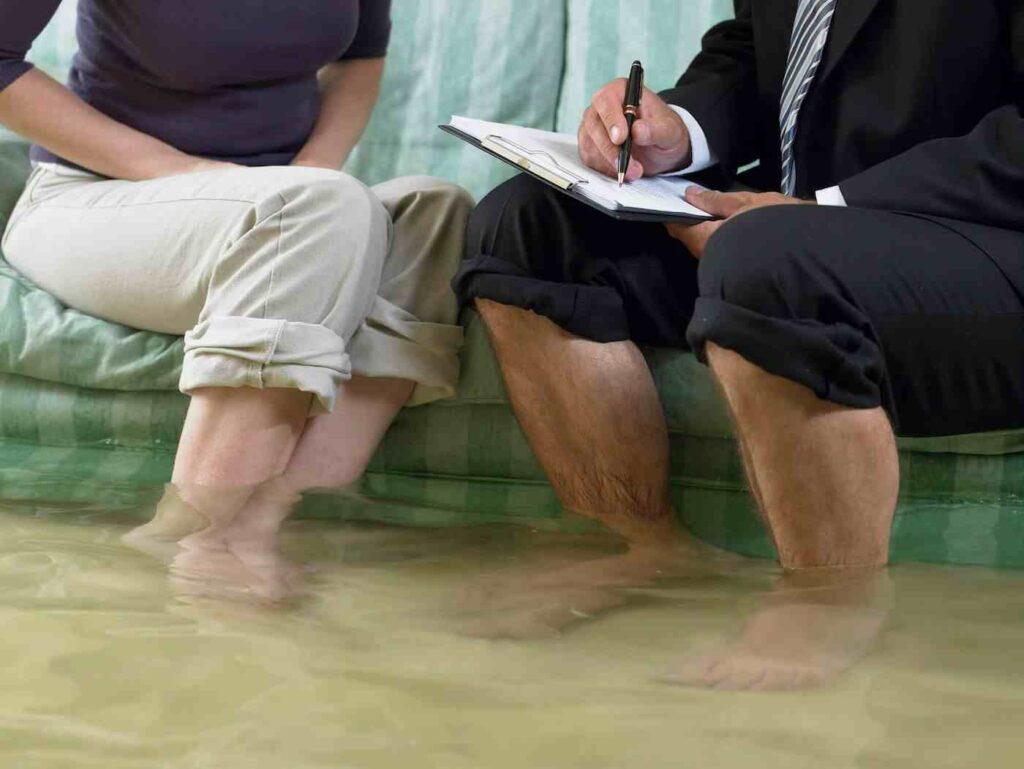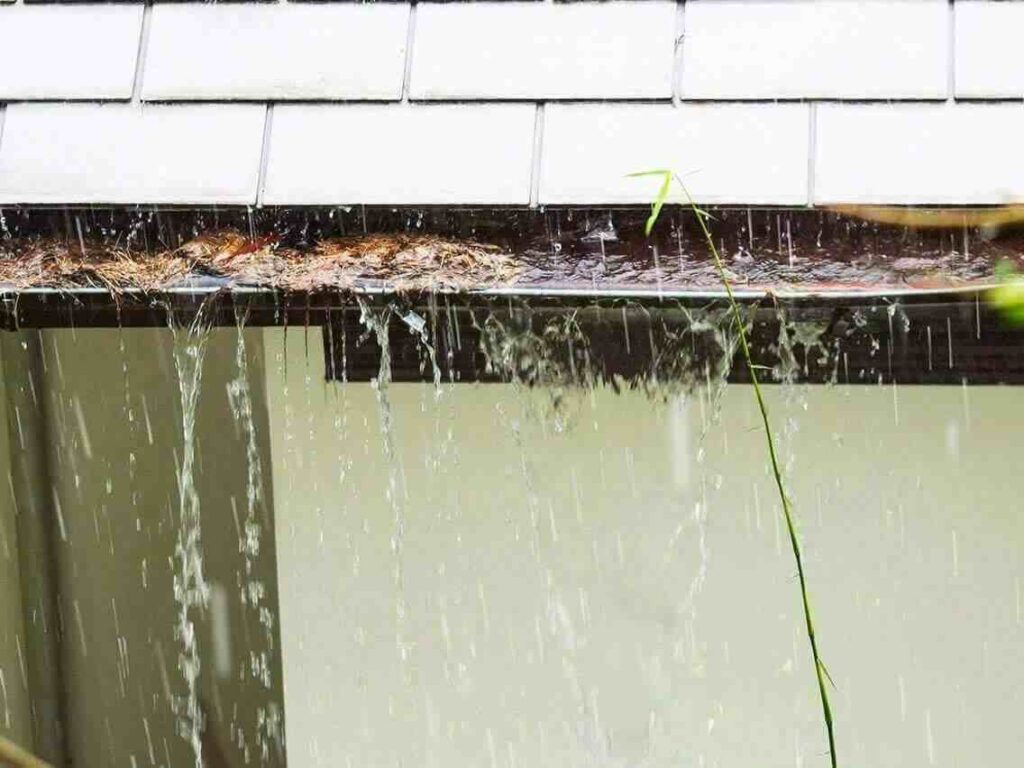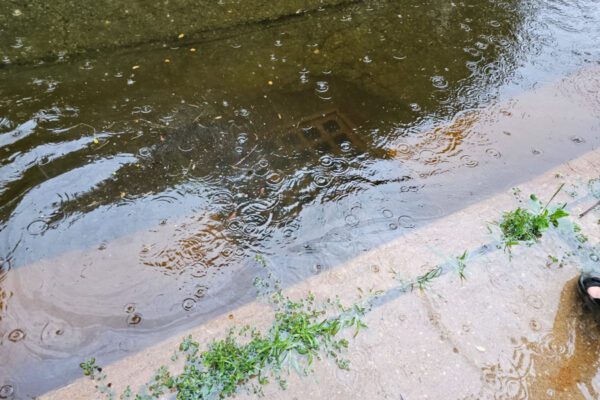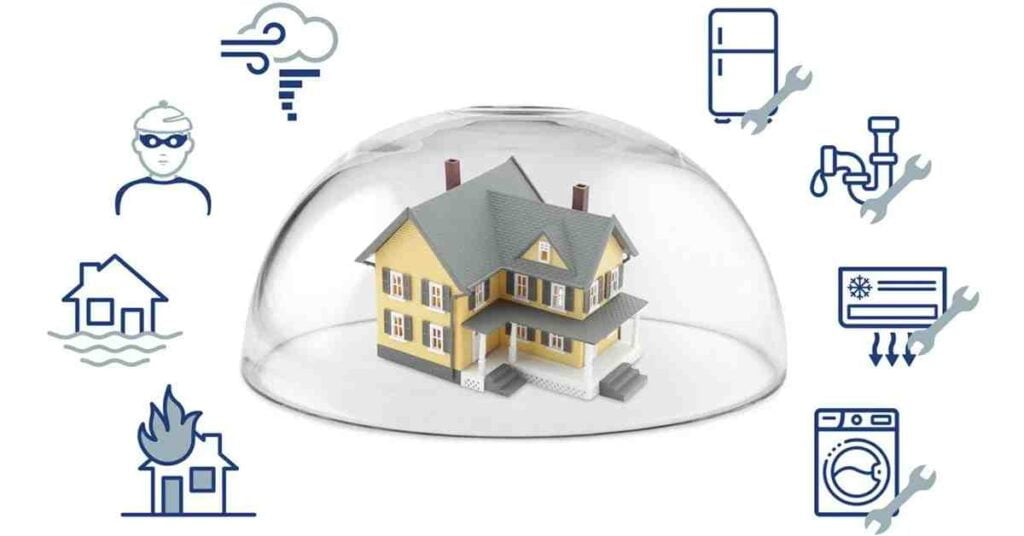As a renter, you might think about insurance mainly for protecting your belongings from theft or fire. But have you ever considered how water damage could affect you? Water backup insurance is a special type of coverage that can help protect you from unexpected water problems, like when a sewer backs up into your home.
In this article, we’ll explore what water backup insurance is, why it’s important for renters, and whether you should consider adding it to your policy. Understanding this coverage can save you from costly repairs and give you peace of mind.
What is Water Backup Insurance?

Water backup insurance is a specialized type of coverage designed to protect homeowners and renters from damages caused by water backing up into their properties due to sewer or drain failures, or sump pump malfunctions. This insurance is particularly important because standard homeowners or renters insurance policies typically do not cover such incidents.
Water backup insurance can be added as an endorsement or rider to existing policies, providing additional protection against costly water damage that can arise from a variety of situations, including clogged sewer lines, heavy rainfall, or debris obstructing drainage systems.
The coverage generally includes expenses related to repairing damage to the property, replacing personal belongings, and even costs associated with mold remediation that may result from water intrusion.
It also often covers the removal of standing water and the cleanup process following a backup event. Importantly, this type of insurance can help cover alternative living expenses if the home becomes uninhabitable during repairs, ensuring that policyholders have a place to stay while their home is being restored.
Do I Need Water Backup Insurance As A Renter?
As a renter, considering water backup insurance is advisable due to the potential financial risks associated with water damage from sewer backups, which standard renters insurance typically does not cover.
Water backup insurance specifically protects against damages caused by issues like clogged drains or sump pump failures, which can lead to costly repairs and replacement of personal property.
Given that incidents of sewer backups are relatively common—estimated to occur between 24,000 and 75,000 times annually in the U.S.—having this additional coverage can provide peace of mind and financial protection.
Dwelling Coverage in Renters Insurance
It is generally affordable, often costing between $30 to $70 per year for basic coverage, making it a worthwhile investment for renters who want to safeguard their belongings from unexpected water damage events
Common Causes of Water Backup
Water backups can occur due to a variety of reasons, often related to the condition of the utility systems and equipment. Here are some common causes:
- Heavy Rain: Severe storms can cause debris to build up, blocking your drains and sending water back into your home. In some cases, this can also cause sewage to back up, creating a hazardous situation.
- Sewer and Gutter Backups: Blockages in the main sewer lines running through your neighborhood can cause sewage to back up into homes through floor drains. This usually occurs slowly, giving homeowners time to clean up and correct the problem before serious damage occurs.
- System Damage: Damage to the system can be caused by tree roots, heavy vehicles, and other everyday risks. When trees lead to water backups, responsibility often falls on the person or entity that owns the tree.
- Aging Systems: Infrastructure in many areas is aging and breaking down faster than it can be fixed. As pipes and other sewer system equipment age, the risk of failure increases, which can lead to water backups that damage homes.
- Sump Pump Overflow: This is a specific type of equipment failure caused by the sump pump found in many homes’ basements. When the sump pump fails, it can no longer detect excess water and move it away from your property, leading to an overflow event.
Understanding these common causes can help renters take preventative measures and decide whether water backup insurance is necessary for their situation.
Coverage Provided by Water Backup Insurance

Water backup insurance is a specialized type of coverage that protects against damages caused by water backing up into a home from sewers, drains, or sump pump failures. Here’s a detailed look at what this insurance typically covers and what it does not.
What Water Backup Insurance Covers
- Damage from water backing up through sewer lines or drains.
- Coverage for overflow or failure of sump pumps.
- Repair or replacement of damaged personal belongings.
- Some policies may cover mold resulting from water backups.
- Costs for temporary housing if your home is uninhabitable.
What Water Backup Insurance Does Not Cover
- Damage from floods or surface water is not covered.
- Excludes damage from wear and tear or lack of maintenance.
- Damage from overflowing pools or nearby bodies of water is excluded.
- Does not cover the repair of the sump pump itself unless specifically included.
In summary, water backup insurance is crucial for renters and homeowners alike to protect against unexpected water damage that standard homeowners insurance often does not cover.
Cost of Water Backup Insurance

The cost of water backup insurance for renters typically ranges from $50 to $250 annually, depending on various factors such as the level of coverage selected and the specific risks associated with the property.
This optional endorsement can be added to a standard renters insurance policy, providing essential protection against damages caused by backed-up drains, sewers, or sump pump failures.
Coverage limits often start at $5,000 and can go up to the full replacement cost of personal property, allowing renters to tailor their policies based on their unique needs and the value of their belongings. For instance, a basement filled with valuable items may require higher coverage limits compared to an empty basement.
Temporary Housing Coverage in Renters Insurance
Additionally, renters need to consider their deductible, which may vary by policy and insurer. Overall, while the cost of water backup insurance is relatively low compared to potential cleanup and repair expenses from water damage, it offers significant peace of mind against unforeseen incidents that can lead to costly repairs and loss of personal property.
How to Get Water Backup Insurance
To obtain water backup insurance as a renter, follow these steps:
- Review Your Current Policy: Check your existing renters insurance policy to see if it includes water backup coverage. Most standard policies do not cover this type of damage.
- Contact Your Insurance Provider: Reach out to your insurance company or agent to inquire about adding water backup coverage as an endorsement to your current policy.
- Evaluate Coverage Options: Discuss different coverage limits available (e.g., $5,000 to $100,000) and choose one that fits your needs based on the value of your personal property and potential risks.
- Understand Costs: Be aware that adding this coverage is generally affordable, often costing between $30 to $70 annually for basic coverage, with additional costs for higher limits.
- Complete the Application: If you decide to proceed, complete any required paperwork or adjustments to your policy to officially add the coverage.
What If You Stop Home Insurance Payments?
By following these steps, you can ensure that you have protection against potential water backup incidents in your rental space
Prevention of Water Damage
To prevent water damage in your home, consider the following key strategies:
- Regular Maintenance: Inspect and maintain plumbing fixtures, appliances, and supply lines regularly to identify and fix leaks or wear before they cause significant damage.
- Install Leak Detection Devices: Use smart leak detection sensors that can alert you to leaks and even shut off the water supply automatically to minimize damage.
- Clean Gutters and Downspouts: Ensure gutters and downspouts are clear of debris to facilitate proper drainage and prevent water from pooling around your foundation.
- Know Your Shutoff Valves: Familiarize yourself with the location of your main water shutoff valve and individual appliance shutoffs, so you can quickly turn them off in case of an emergency.
- Use Backwater Prevention Valves: Install backwater prevention valves in your sewer lines to prevent sewage from backing up into your home during heavy rain or system overloads.
- Sump Pump Maintenance: Regularly check your sump pump, especially before rainy seasons, and consider a battery backup to ensure it functions during power outages.
- Avoid Clogs: Be mindful of what goes down your drains; avoid flushing non-biodegradable items and dispose of cooking grease properly to prevent clogs that can lead to backups.
Stolen Items Coverage in Home Insurance
By implementing these preventive measures, you can significantly reduce the risk of water damage in your home.
How to File a Claim
To file a claim for water backup damage, follow these steps:
- Contact Your Insurance Provider Immediately: Notify your insurer as soon as possible, providing your policy number and details about the incident to ensure timely processing of your claim.
- Complete Claim Forms: Fill out the necessary claim forms with your insurance agent. Be thorough and include all relevant details about the damage.
- Document the Damage: Take clear photos and videos of the affected areas and items before cleaning up. This documentation is crucial for substantiating your claim.
- Mitigate Further Damage: Take reasonable steps to prevent additional damage, such as shutting off water sources or calling a plumber, while keeping records of these actions.
- Save Receipts: Keep receipts for any temporary housing or emergency repairs, as these may be reimbursable under your policy.
- Stay Accessible: Maintain communication with your insurer throughout the process, answering any questions they may have to expedite your claim.
Following these steps will help ensure a smoother claims process and increase the likelihood of receiving adequate compensation for your losses.
FAQs
Q 1. Can I get water backup insurance if I’m renting a furnished apartment?
Ans. Yes, water backup insurance can cover both your personal belongings and the landlord’s furnishings that you’re using.
Q 2. Is water backup insurance mandatory for renters?
Ans. While not typically mandatory, some landlords may require it, especially in areas prone to water backup issues.
Q 3. How quickly can I get water backup insurance coverage?
Ans. Coverage can often be added immediately, but some policies may have a waiting period before the coverage takes effect.
Q 4. Does water backup insurance cover mold removal?
Ans. Some policies may include coverage for mold remediation if it’s a result of a covered water backup event.
Q 5. How do I prove water backup damage for a claim?
Ans. Documentation through photos, videos, and a detailed inventory of damaged items is essential for substantiating your claim.
Q 6. Does the age of the building affect my water backup insurance?
Ans. The age of the building might not directly affect your insurance, but older buildings may be more susceptible to water backup problems, which could influence your decision to purchase coverage.
Q 7. If I move to a new rental, does my water backup insurance follow me?
Ans. You’ll need to update your policy with your new address, and the coverage may need to be adjusted based on the new rental’s risk factors.
Conclusion
In conclusion, water backup insurance can be a smart choice for renters. While your standard renters insurance may not cover damages from water backups, this extra coverage can protect your belongings and save you from costly repairs.
Given how common water damage can be, investing in this insurance is often worth it. It gives you peace of mind, knowing that you’re prepared for unexpected events. If you’re unsure, talk to your insurance agent to learn more and see if adding this coverage is right for you.

Luna Haverford is a home insurance specialist with over 4 years of experience in the field. Holding a CPCU (Chartered Property Casualty Underwriter) certification, Luna is dedicated to helping homeowners find the best coverage for their needs. As an author on the ‘FundFinesse’ blog, Luna writes clear, easy-to-understand articles about home insurance.


